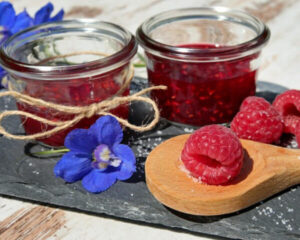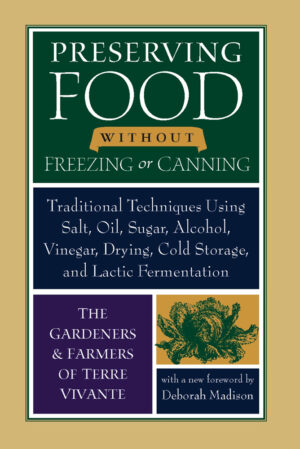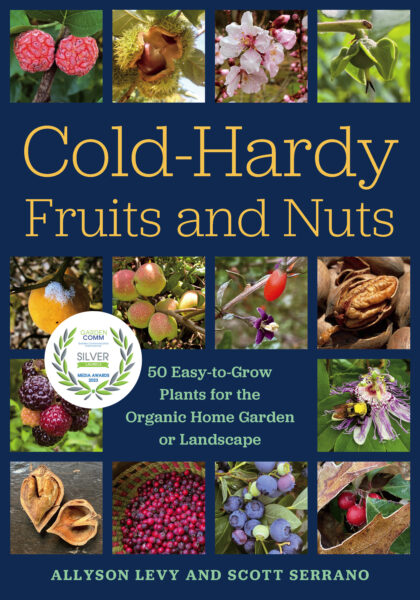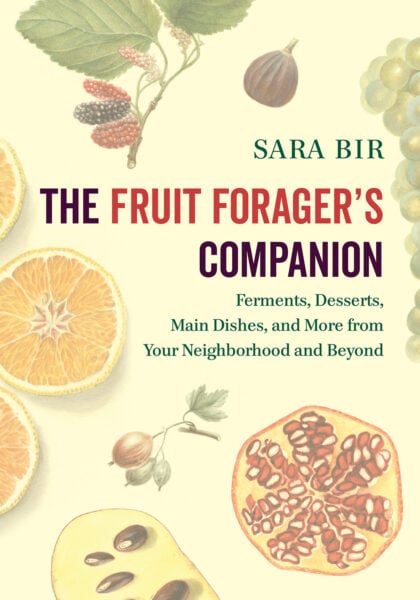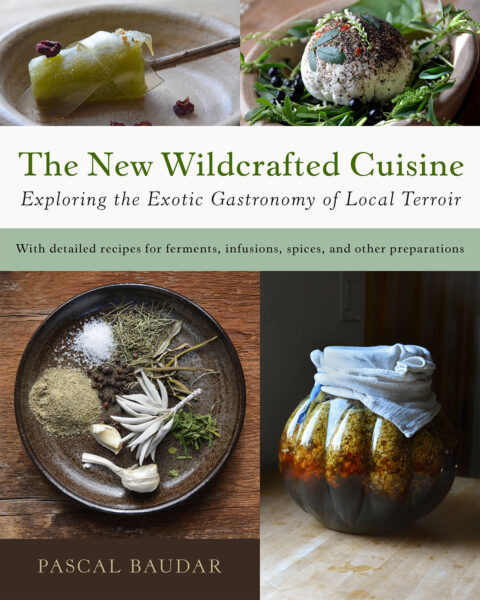How to Make Whole Fruit Jam
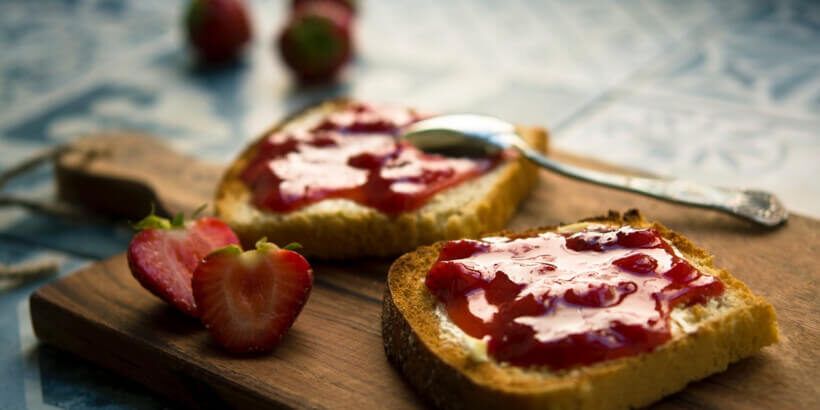
Soak up the end of summer by whipping up some whole fruit jam with seasonal fruits!
The best part of this sweet spread? There’s absolutely no sugar added. This recipe relies on natural sugars to provide a balanced flavor.
The following is an excerpt from Preserving Food Without Freezing or Canning by the Gardeners and Farmers of Terre Vivante. It has been adapted for the web.
Whole Fruit Jam: Save the Sugar
Sugar is a practical and economical method of food preservation—so much so that we tend to overindulge, and make jams that contain more sugar than fruit! When we discover that excess sugar is one of the great scourges of the modern diet, we might think it best to renounce jams completely.
Besides, replacing white sugar with brown sugar is only a relative improvement. Whole or raw sugar (evaporated juice from sugar cane) would be a better substitute, but its strong flavor often masks the taste of the fruit.
A Sweet Solution
The solution to this problem is twofold:
- Avoid eating too much jam and other sugary foods.
- Make these foods using far less added sugar, or none at all.
Knowing and applying these techniques, we can continue to preserve food properly and successfully. For example, certain jams made with very little sugar must be refrigerated once opened, preferably in small jars, to prevent premature spoilage.
For those recipes that require sugar, we will use either brown or whole sugar. Other recipes are “sugar-free,” or use honey instead.
Note that the term “sugar-free jam” in essence is a contradiction in terms, since by definition, sugar is the preservative agent in jams. To be more precise, we should discuss “jams with no added sugar.” In reality, jam already contains sugar: both glucose and fructose, which naturally occur in all fruit.
The Journey of Jam
Jams with no added sugar were not invented by health-food advocates wanting to reduce their sugar consumption. These preserves are an old tradition dating back to a time when sugar was scarce and expensive (or even nonexistent). Three classic examples, and the most commonly known jams of this type, are pommé (apple jelly), poiré (pear jelly), and raisiné (grape jelly).
The first two have been made for centuries in certain regions of northern Europe, particularly Belgium and Germany, whereas the raisiné is a tradition of Périgord in southwestern France. Carob “honey” is a similar preserve that is found in the Middle East, Galilee (recipe follows in this chapter). All these preserves share this common feature: They are made from the juice only, and not from the whole fruit. Thus, they are jellies or thick syrups, rather than jams.
Their preparation is based on this simple principle: Prolonged cooking evaporates enough water to concentrate enough of the naturally occurring sugars for preservation to take place. Jams from whole fruit can also be prepared by following the same principle. In general, after pouring hot jam or jelly into a jar and sealing it, turn the jar upside down. This will sterilize any air remaining in the jar and ensure preservation. It’s also a good idea to store the jars upside down.
RECIPE: Whole Fruit Jam
- Very ripe fruit (any type)
- A preserving pan or large saucepan
- Canning jars and lids
This method is good for all types of fruit, including grapes, greengage plums, and so on.
Use fruit that is very ripe; simply cut and crush it roughly.
Bring the fruit to a boil; then cook it over very low heat for a very long time.
It is impossible to recommend a precise cooking time, since this depends on the type of fruit used, and its ripeness and water content, both of which vary from one year to the next. In any case, you should allow as much water as possible to evaporate.
Stir often, because certain fruits have a tendency to stick during cooking. The jam is ready when it does not run off of the spoons but forms a bead that sticks to the spoon. At this stage pour the jam into scalded screw-top jars. It will keep for at least two years.
Variation 2:
- Red currants or other acidic fruit
- Honey or raisins (½ weight of fruit)
For red currants, for example, you can add honey; for other very acidic fruit, you can add raisins (about half the weight of the fruit); or you can mix fruits.
Recommended Reads
Recent Articles
Chances are, you’ve seen cattails growing on the edge of your local lake or stream at least once or twice. Instead of just passing these plants, try foraging for and cooking them to create delicious seasonal dishes! The following excerpt is from The New Wildcrafted Cuisine by Pascal Baudar. It has been adapted for the…
Read MoreGarlic mustard: while known as “invasive,” this plant can be consumed in its entirety and has great nutritional value. Plus, the garlic-flavor is a perfect addition to any recipe that calls for mustard! The following are excerpts from Beyond the War on Invasive Species by Tao Orion and The Wild Wisdom of Weeds by Katrina…
Read MoreOh, honeysuckle…how we love thee. If only there was a way to capture the sweet essence of this plant so we could enjoy it more than just in passing. Luckily, foraging and some preparation can help make that happen! Here’s a springtime recipe that tastes exactly like honeysuckle smells. The following excerpt is from Forage,…
Read MoreIntroducing…your new favorite brunch dish! This whole broccoli frittata is packed with fresh, wildcrafted flavors that are bound to help you start your day off on the right foot. The following is an excerpt from The Forager Chef’s Book of Flora by Alan Bergo. It has been adapted for the web. RECIPE: Whole Broccoli Frittata…
Read MoreWondering where to forage for greens this spring? Look no further than hedges, which serve as natural havens for wild greens and herbs! The following is an excerpt from Hedgelands by Christopher Hart. It has been adapted for the web. Food from Hedges: Salads and Greens Let’s start by looking at all the wild foods…
Read More

